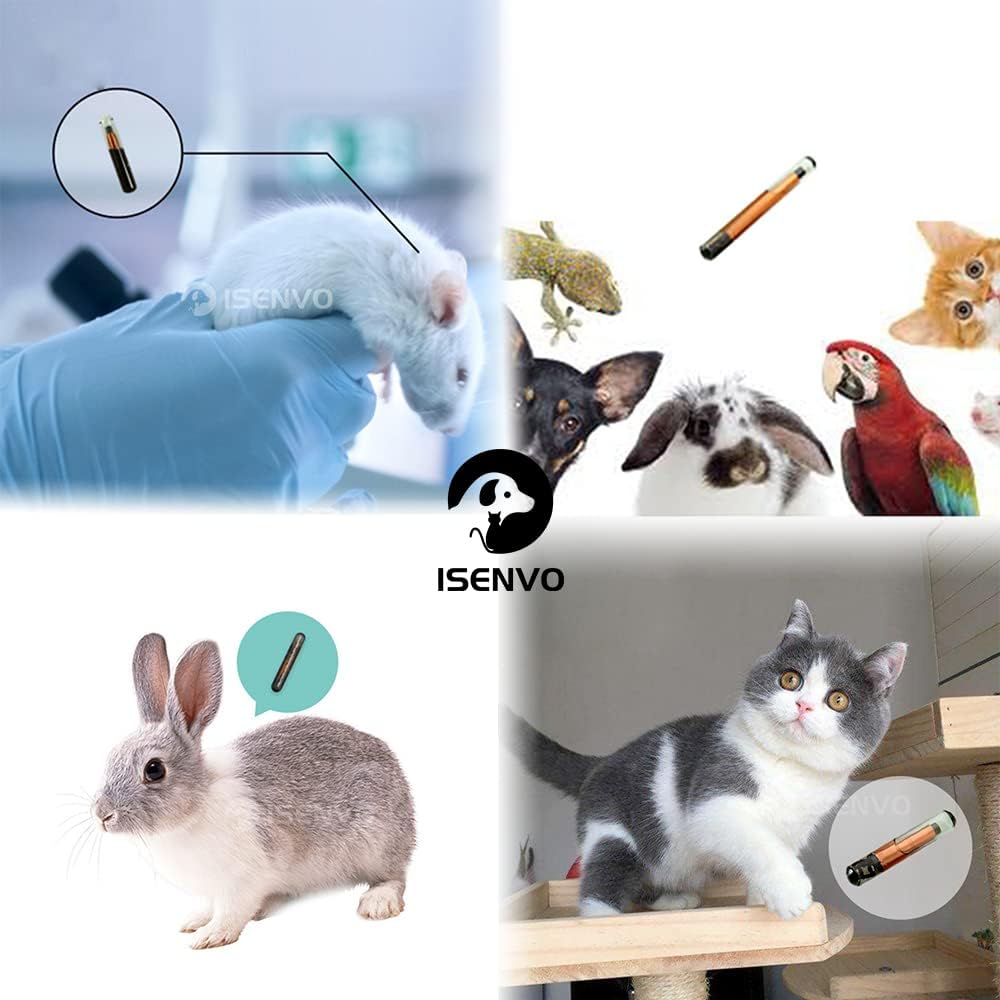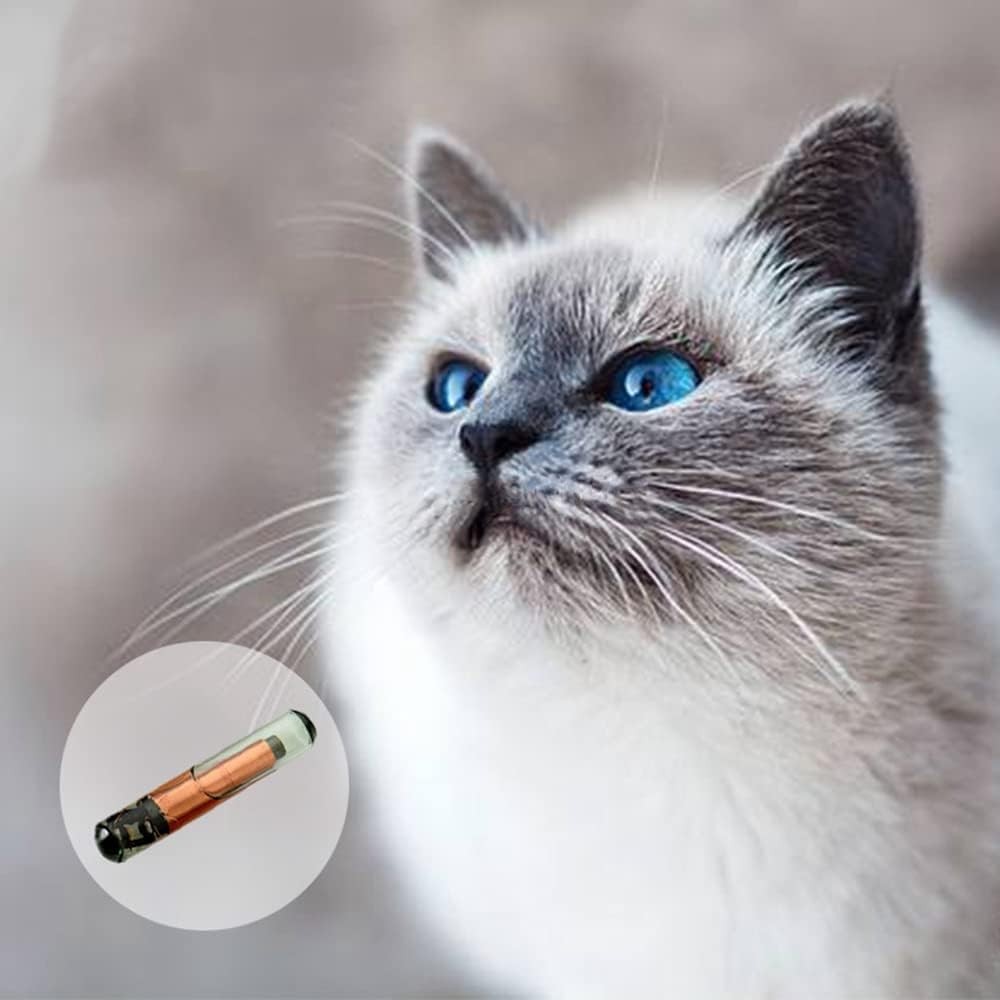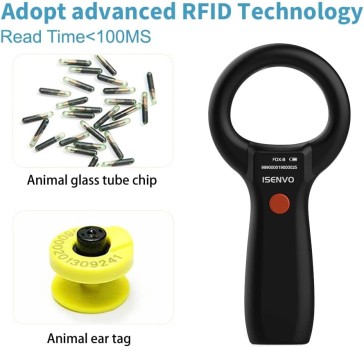Pet microchips, as a permanent electronic identification method, are similar to human ID cards, providing pets with a unique identity identifier (15 digits). When a pet accidentally gets lost, the information in the microchip can help quickly retrieve and contact the owner, ensuring that the pet can safely return home.
In fact, the chip is very small, about the size of a grain of rice, and can be easily implanted under the skin of pets. Microchips are usually implanted between the shoulder blades at the back of pets' necks, a location that is both safe and painless. Through professional readers, people can easily read information from microchips, providing protection for their pets' journey home. Once a microchip is embedded in the body, it will hardly detach or disappear, and data will not be rewritten. Therefore, as a secure and reliable method of identity verification, it was first adopted in countries such as Europe and America, and has been widely used around the world.
Implanting a microchip is a very fast and simple surgery that can be completed in just a few seconds. Due to the fact that the procedure does not require anesthesia, the harm to pets can be almost negligible, while ensuring the safety and convenience of the surgery.
Each pet microchip has a unique number that can be quickly detected by a microchip scanner to ensure accurate identification of the pet's identity.
Identification devices are tools used to read chip information. Common ones include handheld readers, which are installed in animal protection centers, adoption centers, pet hospitals, etc. across the country. It is easy and convenient to operate, and the staff can quickly read the information in the chip by holding it close to the part where the pet is implanted. There are also some fixed identification devices, such as those installed at the entrances of animal shelters and pet hospitals, which can automatically recognize the identity of pets when they pass by.

Even if a pet leaves its owner due to theft, accidents, getting lost, or other reasons, if a microchip is embedded, the dog is likely to be able to return to its owner's side again. Things that can prove the identity of pets include microchips, lost cards, collars, etc. However, there is also a possibility that pets may lose their brand and collar when they get lost. In contrast, microchips can more reliably prove identity because they are embedded in the body and do not detach.









Validate your login